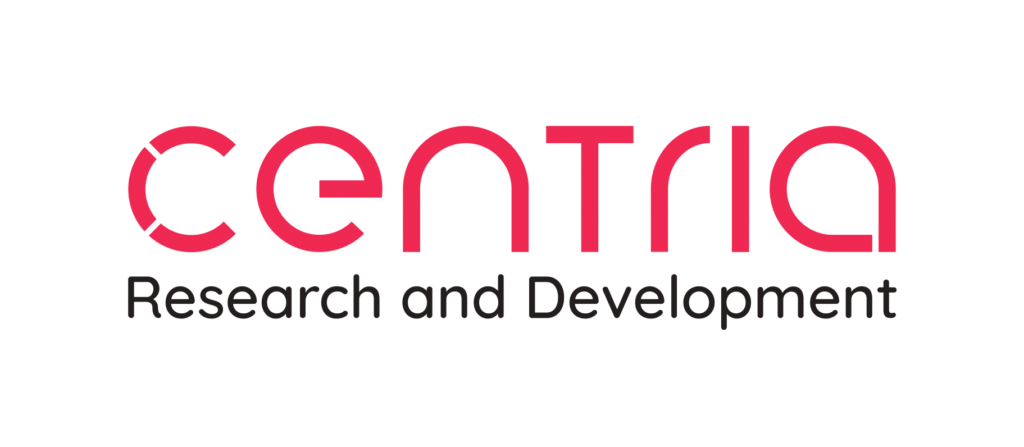Pillar 2:
Automated dismantling based on Artificial Intelligence (AI)
The Recirculate project will create a safer and faster AI-based battery dismantling process.
What is a battery dismantling process?
Battery dismantling refers to the process of disassembling or taking apart batteries, typically for recycling or proper disposal. Batteries contain various components, including metals, chemicals, and other materials, that can be harmful to the environment if not managed correctly. This is a complex and potentially hazardous process due to the potential for chemical reactions, the release of toxic fumes, and the risk of fire or explosion, especially in the case of lithium-ion batteries.
Dismantling batteries is often done to recover valuable materials, such as metals like lithium, cobalt, nickel, and other elements, for reuse in new batteries or other products.
What are the current challenges with battery dismantling?
The battery dismantling process presents several challenges, primarily due to the diversity of battery types, their chemical compositions, and potential safety hazards. Some of the challenges include:
- Safety Concerns: Many types of batteries pose significant safety risks during dismantling as they contain various chemicals, including corrosive electrolytes and potentially toxic materials. The risks include the potential for release of toxic fumes and even fire or explosion. Proper safety protocols and equipment are required to mitigate these risks.
- Disassembly Complexity: Modern batteries often consist of details, designs and assemblies that can be difficult to disassemble without damaging the components or causing safety issues. Specialized tools and techniques might be required to effectively dismantle certain batteries.
- Mixed Battery Types: One of the biggest challenges is the wide variety of battery chemistries and designs, shapes and sizes of batteries. Each type requires specific procedures for safe dismantling and recycling. Handling multiple types of batteries can complicate the process.
- Environmental Impact: If not managed properly, battery dismantling can lead to environmental contamination due to improper disposal of hazardous components. This underscores the importance of having well-regulated recycling and disposal practices.
- Lack of Data: Due to confidentiality issues, there is a lack of data about the battery from battery manufacturers and OEMs.
What will Recirculate do?
The Recirculate project will develop AI-based control systems that will extend the capabilities of existing robotic dismantling equipment, enabling fast, cost-effective, and safe dismantling of a wide range of battery types.


